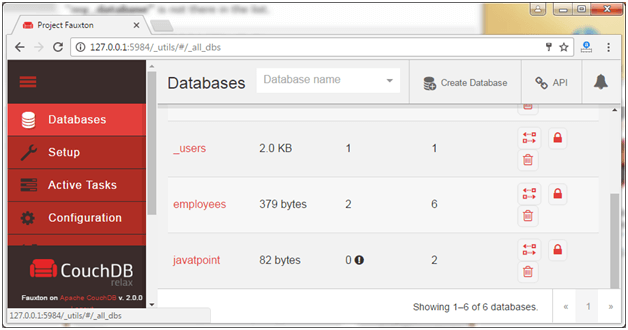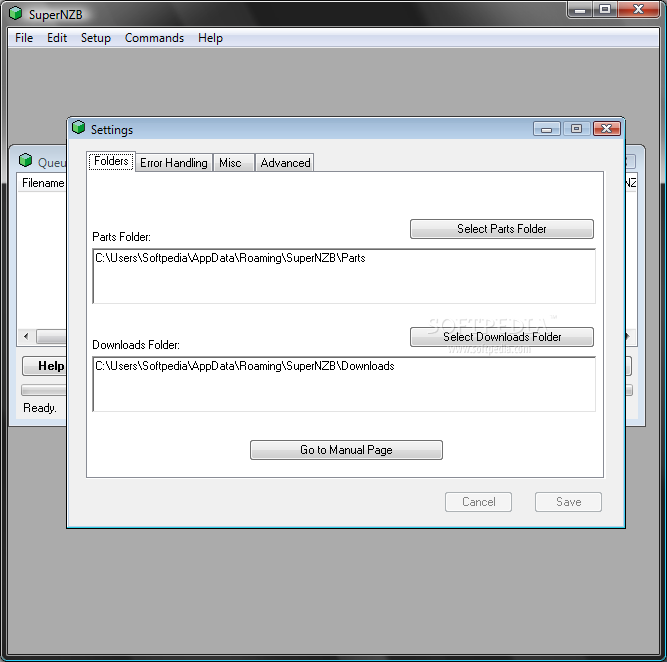
- SUPERNZB REMOVE HISTORY IN DATA BASE FILE HOW TO
- SUPERNZB REMOVE HISTORY IN DATA BASE FILE UPDATE
- SUPERNZB REMOVE HISTORY IN DATA BASE FILE DOWNLOAD
- SUPERNZB REMOVE HISTORY IN DATA BASE FILE WINDOWS
SUPERNZB REMOVE HISTORY IN DATA BASE FILE UPDATE
SUPERNZB REMOVE HISTORY IN DATA BASE FILE HOW TO
How to convert:Conversion to other formats is not possible.
SUPERNZB REMOVE HISTORY IN DATA BASE FILE DOWNLOAD
How to open:Use SuperNZB to open *.nzb download pointer files. When a large file is posted to a Usenet newsgroup, it is usually divided into multiple messages (called segments or parts) each having its own Message-ID.Īn nzb-capable Usenet client will read the Message-ID from the NZB file, download them and decode the messages back into a binary file (usually using yEnc or Uuencode).Īn nzb file extension is related to the Newzbin download pointer file format developed by TechSono Engineering, Inc. Using this concept, headers would not be downloaded hence the NZB method is quicker and more bandwidth-efficient.Įach Usenet message has a unique identifier called the "Message ID". These websites create nzb files out of what is needed to be downloaded. The nzb is effective when used with search-capable websites. The format was conceived by the developers of the Usenet Index. Please like and share this guide to help others.The nzb file extension is used for an XML-based file format for retrieving posts from NNTP (Usenet) servers. That's it! Let me know if this guide has helped you by leaving your comment about your experience.

Select and delete all files in the 'Configuration' folder. X = The drive letter of the disconnected drive.Ĥ.
SUPERNZB REMOVE HISTORY IN DATA BASE FILE WINDOWS
Open Windows Explorer and navigate to the above location.Ģ.

So, If you want to reset the File History settings to default, proceed and delete the File History configuration files. * Note: Where " Username " = Your Username (account name). C:\Users\ Username\AppData\Local\Microsoft\Windows\FileHistory\ Configuration\.XML files "Config1.xml" & "Config2.xml", at the following location on the disk:* The File History settings, are stored in the CONFIG. Reset the File History Configuration Settings. If you change your decision on the future and you want to re-enable the File History just press the 'Turn on' Button. After disabling the File History, you should see a similar window on your screen. If you want to permanently remove the 'File History" backups, then explore the contents on the 'File History' drive and delete the "FileHistory" folder.ģ.

* Note:Keep in mind, that the stored data on the File History drive wouldn't be deleted. At File History options click the Turn off button. Navigate to Control Panel -> System and Security -> File History.Ģ. Turn Off File History from the Control Panel.ġ. How to Disable the File History Backup on Windows 10. In this tutorial you 'll learn how to turn off the File History and to reset the File History configuration settings, if you no longer want to back up your files using the file history backup tool. In a previous tutorial I mentioned the way to automatically back up your files by using the File History backup tool in Windows 10.


 0 kommentar(er)
0 kommentar(er)
